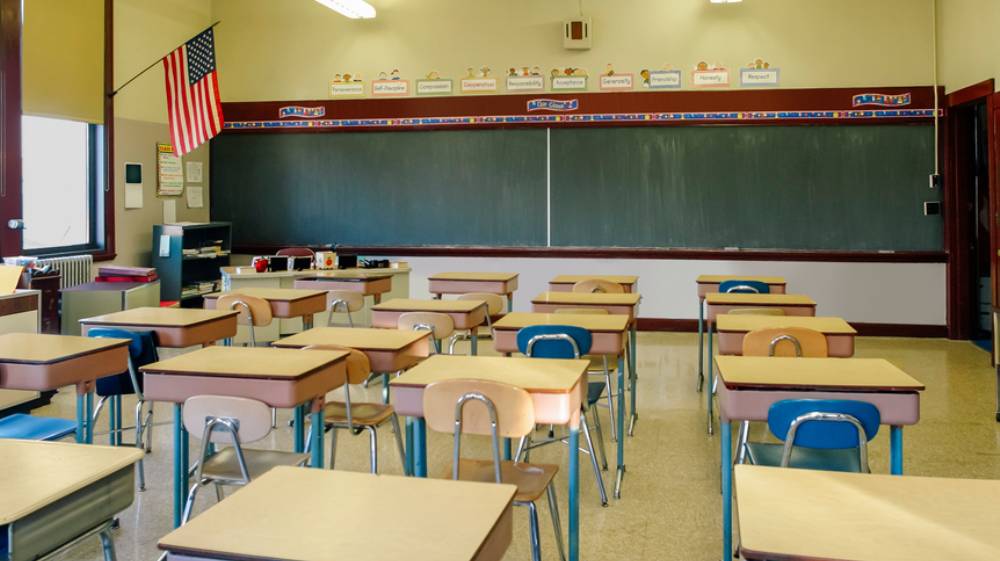
November 19, 2015
The Human Right to Education and Economic Inequality
by Samantha Chammings, an LL.M. Human Rights and Comparative Constitutional Law graduate from the University of Texas School of Law. She was a Rapoport Center Scholar in Spring 2016.
This commentary is in response to Craig Lauchner’s paper, “The Human Right to Education Mercosur Commitment and Economic Inequality.”
Craig Lauchner’s working paper was written as part of the Fall 2015 law school class and Rapoport Center Colloquium on Inequality and Human Rights. The Colloquium brought together scholars, academics, practitioners, and students from the UT Law School and LBJ School of Public Policy to ask the question: can human rights do anything to alleviate economic inequality?
The answer to this question was often a resounding “no”: human rights law does not have the tools to close the wealth gap between rich and poor. Indeed, the “age of human rights” has coincided with the entrenchment of neoliberalism, to paraphrase Samuel Moyn. Lauchner’s paper also comes to this conclusion, through an in-depth study focusing on one particular human right—access to education—in one particular region of the world: the Mercosur Region (which includes Argentina, Brazil, Paraguay, Uruguay and Venezuela). In fact, his paper concludes that not only have human rights policies failed to alleviate economic inequality in the region, but they have also, in some instances, perpetuated those very inequalities. Lauchner provides a compelling account of the ways in which human rights policies can actually entrench existing power, and by extension economic, inequalities.
In particular, Lauchner describes a policy developed in 1998 by the Sector Educativo de Mercosur (SEM) to ensure that university degrees obtained in a SEM country are recognizable in every country in the region. While this aimed at decreasing inequality between countries, in actuality it had the unintended consequence of forcing smaller countries with less well-established university institutions to invest money into subsidizing university attendance by wealthier segments of society. Focusing policies on tertiary-level education, Lauchner argues, rather than on primary and secondary education, has disproportionately benefited elites and perpetuated existing inequalities in society. While many governments are spending the same on university-level education as on primary and secondary-level education, the preexisting privileges of those individuals able to attend university means that human rights policies, which by definition are applied indiscriminately, result in a fundamentally unjust outcome.
For Lauchner, the SEM case is an example of how human rights policies are blind to inequality. They seek to raise everybody above a certain minimal threshold, but, as Moyn concluded, place no limits or ceiling on wealth. Lauchner gets to the crux of this when he notes that in Latin America, the right to education is enforceable by the courts, but this does not signify a right to equal education. And by definition, those who are poor are less able to enforce those very same rights. However, Moyn argues that it is by virtue of a small elite amassing unrestrained wealth that other people are forced to go hungry. Human rights policies, if not a part of this system, at the very least sit idly by and allow economic inequality to exist and even increase.
In Lauchner’s account of the right to education in Latin America, human rights policies do at least have the capability to decrease inequality and do provide some benefits to the poor. However, he argues that the specific policies have also resulted in furthering inequality. Unlike Moyn, he does not conclude that human rights are fundamentally incompatible with efforts to decrease inequality, but rather, they simply may not be the best tool to do so, at least in relation to access to education within Latin America.
